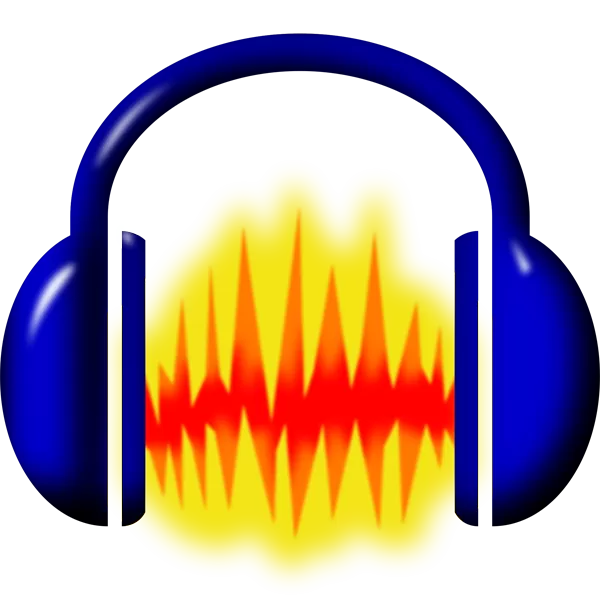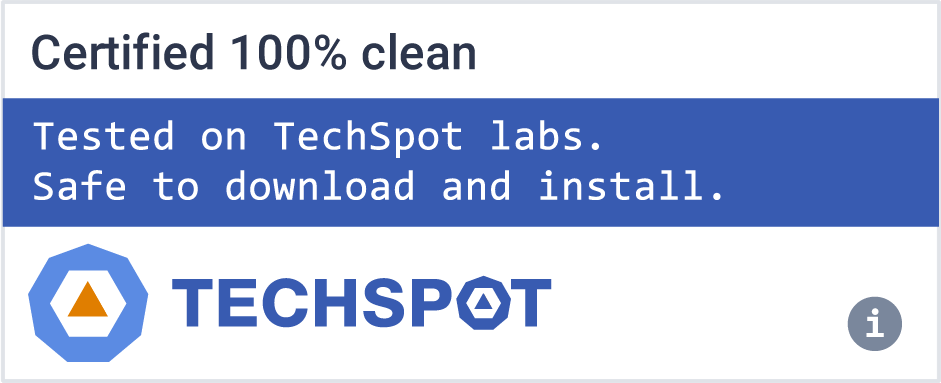Audacity is a free and open source audio software for multi-track recording and editing. It can record live audio through a microphone, mixer, or digitize recordings from other media. With some sound cards, and on any recent version of Windows, Audacity can also capture streaming audio.
Import sound files, edit them, and combine them with other files or new recordings. Export your recordings in several common file formats.
Is Audacity suitable for recording a podcast?
Yes, Audacity features a large number of effects and preset EQ curves with real time preview. It also lets you import and export WAV, AIFF, AU, FLAC, and MP3 natively. In addition, an auto-duck feature lets you mix different audio tracks or voiceovers for recording a proper podcast.
Is Audacity safe to use?
Audacity is free and open-source software that's been around for many years, so yes, it's safe to use. There was some controversy in 2021 after the company was acquired by Muse Group and changes were made to the program's privacy policy, but thankfully the community's protests got Audacity back on track.
Does Audacity work on Android or iOS?
No, Audacity is not available for Android or iOS, but WavePad offers similar functionality and is available on mobile for free.
What are the best Audacity features?
Audacity packs several features for recording and editing different type of audio files such as:
- 100+ sound effects.
- Support for 16-bit, 24-bit and 32-bit audio files
- Simple audio compressor
- A built-in mixer
- Plot Spectrum window for detailed frequency analysis
- Batch processes for tuning up several audio files at once
What are the best Audacity alternatives?
WavePad and ocenaudio are well known alternatives for recording and editing audio files.
Is Audacity free?
Yes, Audacity is free and open-source. You can use this software for any personal or commercial purpose.
Features
Recording
- Audacity can record live audio through a microphone or mixer, or digitize recordings from other media.
Export / Import
- Import, edit, and combine sound files. Export your recordings in many different file formats, including multiple files at once.
Sound Quality
- Supports 16-bit, 24-bit and 32-bit. Sample rates and formats are converted using high-quality resampling and dithering.
Plug-ins
- Support for LADSPA, LV2, Nyquist, VST and Audio Unit effect plug-ins. Effects can be easily modified in a text editor - or you can even write your own plug-in.
Editing
- Easy editing with Cut, Copy, Paste and Delete. Also unlimited sequential Undo (and Redo) in the session to go back any number of steps.
Effects
- Real-time preview of LADSPA, LV2, VST and Audio Unit (macOS) effects. Plug-in Manager handles plug-in installation and addition/removal of effects and generators from the menus.
Accessibility
- Tracks and selections can be fully manipulated using the keyboard. Large range of keyboard shortcuts.
Analysis
- Spectrogram view mode for visualizing and selecting frequencies. Plot Spectrum window for detailed frequency analysis. Support for Vamp analysis plug-ins.
What's New
This is a hotfix release. It contains the following change:
- #8426 Incorrect results when applying effects to multiple clips
- #8425 Truncate Silence fails to work properly when there is more than one silent part
Previous Release Notes:
This is a patch release. It contains the following changes:
- #8290 Fixed a crash when applying some effects across multiple tracks if one track is empty.
- #8157, #8155 Fixed some crashes emenating from the Mixer window.
- #7672 Returned the "Residue" option in noise reduction. (Thanks, Christopher Rooney!)
- #7809 Modules are now allowed to stick around when patch releases like this one are published. This means you likely won't need to update the OpenVINO again during 3.7.x.
- #7076 When adding a realtime effect to a track, the effect settings are now opened immediately.
- #7819 Added an infobox when saving a project in a new version breaks compatibility with an old one.
- #7740 Added a preference to turn off automatic tempo detection.
- #4169 When duplicating tracks, the duplicated tracks now have independent realtime effect instances.
- #7700 Fixed range-selection beyond the edge of a clip being destructive.
- #8013, #8008, #8004, #8009, #8003, #8005, #8071 Improved stability of cloud saving.
- #7410 Fixed pasting content from a clip at the beginning of itself being offset in time.
- #4231 macOS: Fixed AUSoundIsolation.
- #6342 Fixed audacity continuing to scroll after letting go of the scrollbar.
- #8110 Fixed black stripes appearing when zooming in while in the envelope or multi-tool.
- #8043 Added a new "get effects" button next to the Upload Audio button.
- #8211 Added UUID instance support. See this page for further info.
- #7154 Fixed label texts using the wrong color in dark themes. (Thanks, GovindaMadhava!)
- #8261 Fixed tracks being incorrectly drawn on high zoom levels using high precision trackpads.
- #7902 Linux: Fixed FFmpeg loading in the Ubuntu 22.04 AppImage.
- #8309 Fixed crossfading tracks on stretched clips.
- #8234 You no longer need to click OK twice to exit the label editor in some edit states. (Thanks, Kurtsley!)
- #8160 Playback quality is now the same as rendering quality by default.


